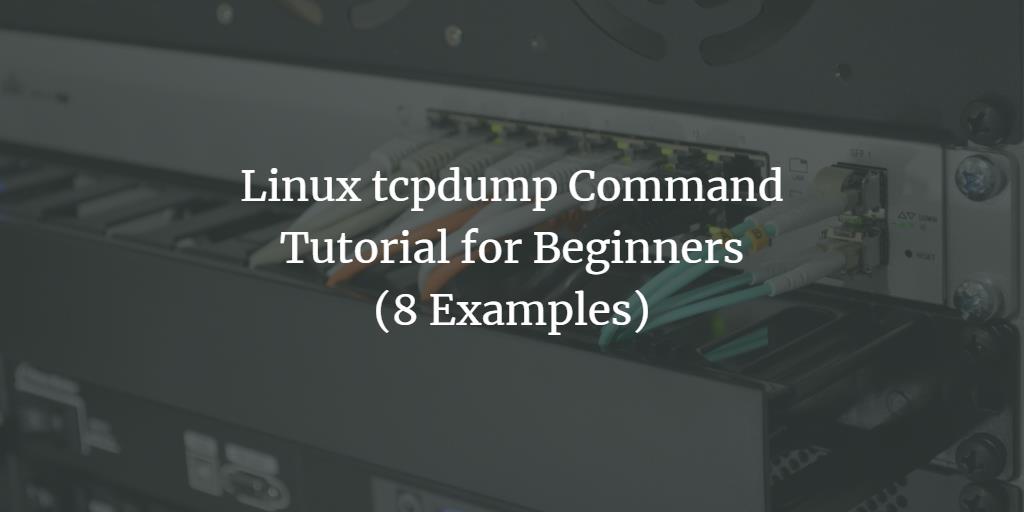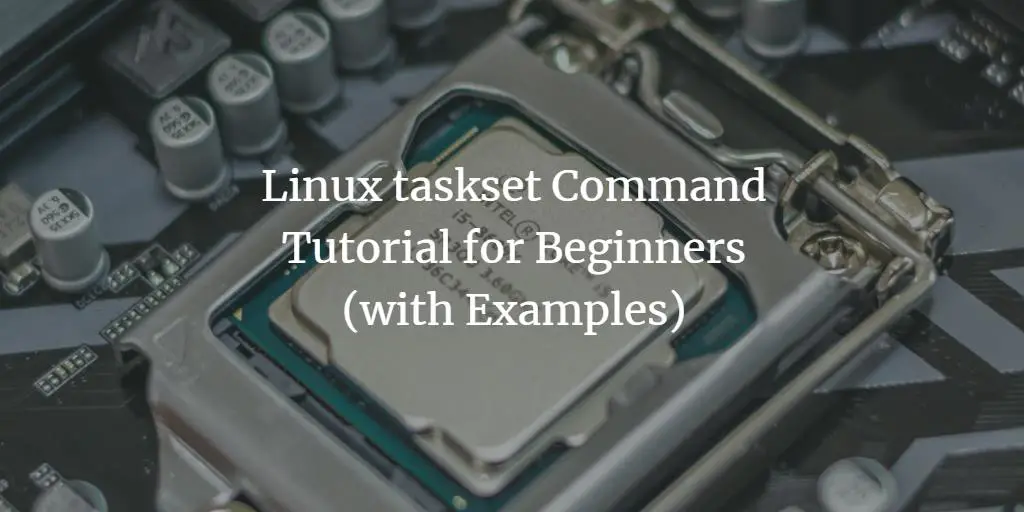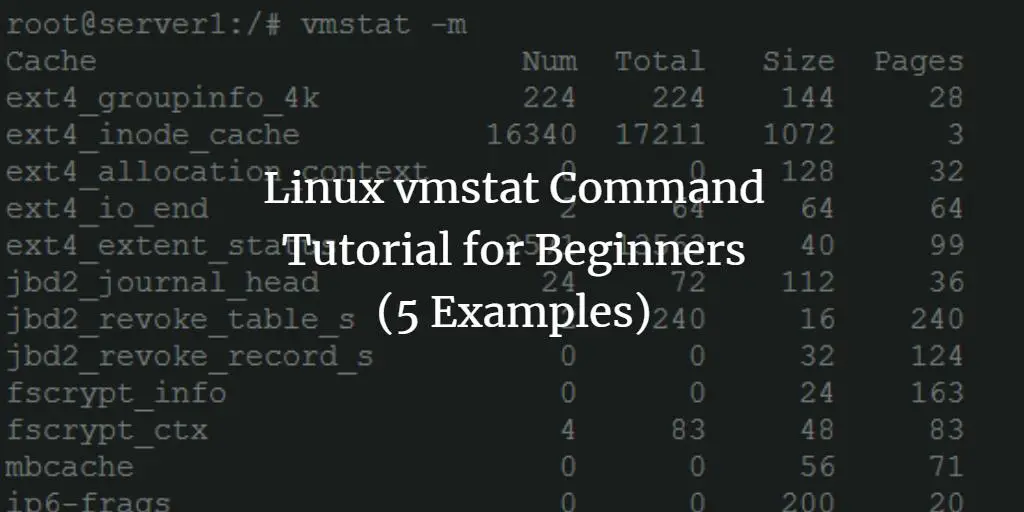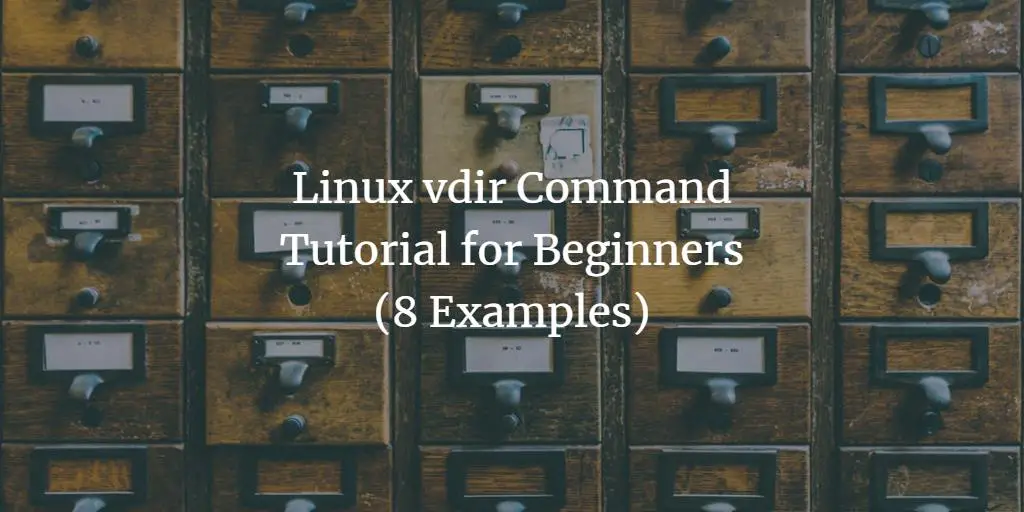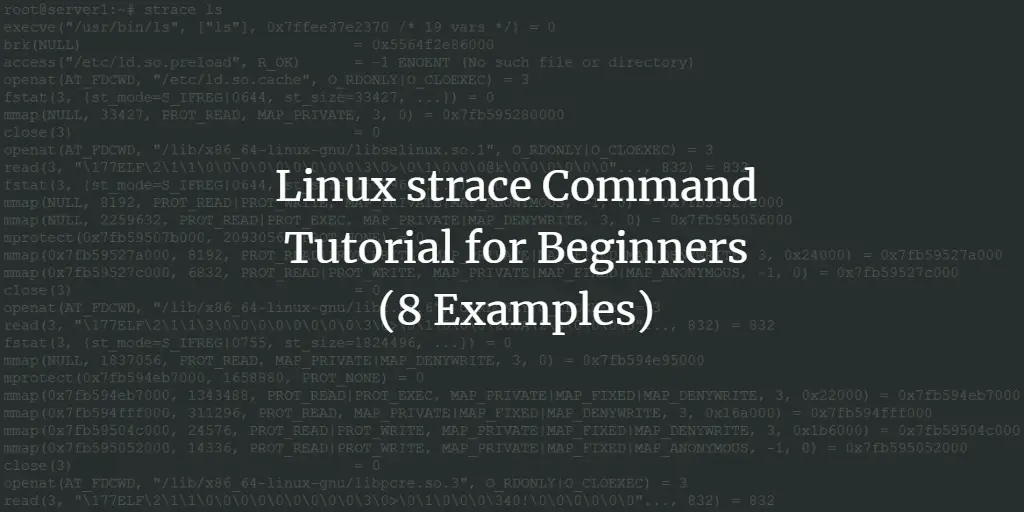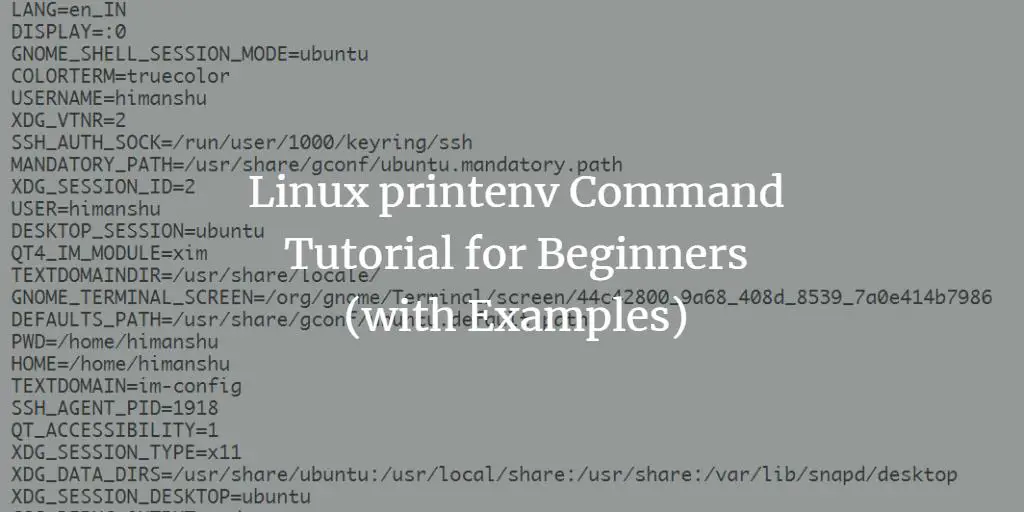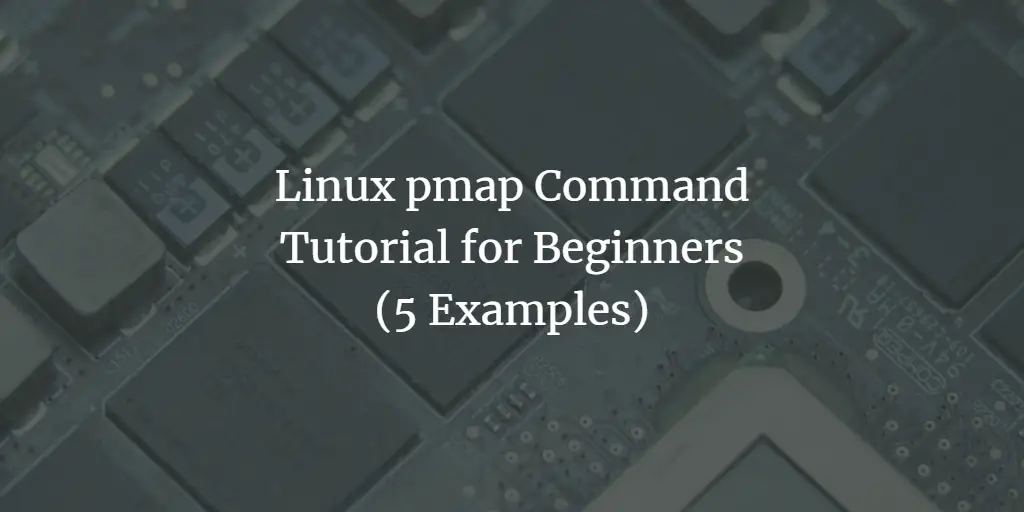Linux Tutorials for “command tutorial for beginners”
-
Linux tcpdump Command Tutorial for Beginners (8 Examples)
Author: Himanshu Arora • Tags: linux, shell • Comments: 2Everytime you open a webpage on your computer, data packets are sent and received on your network interface. Sometimes, analyzing these packets becomes important for many reasons. Thankfully, Linux offers a command line utility that dumps information related to these data packets in output.
-
Linux taskset Command Tutorial for Beginners (with Examples)
Author: Himanshu Arora • Tags: linux, shell • Comments: 3In this tutorial, we will discuss a utility - dubbed taskset - that lets you achieve processor affinity. Ever heard of the term processor affinity? It's a feature that allows you to bind or unbind processes to a particular central processing unit, or a range of CPUs.
-
Linux vmstat Command Tutorial for Beginners (5 Examples)
Author: Himanshu Arora • Tags: linux, shell • Comments: 1If you are looking for a command line utility that you can use to access information about processes, CPU activity, memory, and more, you'll be glad to know that vmstat does this for you.
-
-
Linux vdir Command Tutorial for Beginners (8 Examples)
Author: Himanshu Arora • Tags: linux, shell • Comments: 1Listing contents of a directory is one of the most basic tasks that users (both pro and noobs) find themselves involved in. The ls command is hands down the most popular tool used for this purpose. There are some alternatives. For example, there's a utility called vdir, basics of which we'll be discussing here.
-
Linux strace Command Tutorial for Beginners (8 Examples)
Author: Himanshu Arora • Tags: linux, shell • Comments: 3The Linux command line offers many tools that are helpful for software developers. One among them is strace. The strace command in Linux lets you trace system calls and signals.
-
Linux shred Command Tutorial for Beginners (5 Examples)
Author: Himanshu Arora • Tags: linux, shell • Comments: 1This tutorial shows how to delete data safely on Linux by using the shred command. All examples in this article have been tested on an Ubuntu and Debian, but they should work on any other Linux distribution as well.
-
Linux readlink and realpath Command Tutorial for Beginners (with Examples)
Author: Himanshu Arora • Tags: linux, shell • Comments: 1 • Updated: Jun 06, 2024In this tutorial, we will discuss the basics of realpath and readlink commands that are similar (if not same) in the sense that they display resolved symbolic links in output.
-
Linux printenv Command Tutorial for Beginners (with Examples)
Author: Himanshu Arora • Tags: linux, shell • Comments: 1Environment variables play a major role in Linux. Most programs, whether command line based or GUI based, deal with environment variables in one way or the other. So naturally, there are tools that let you access environment variables from the command line. One such tool is printenv. In this tutorial, we will discuss printenv using some easy to understand examples.
-
Linux pmap Command Tutorial for Beginners (5 Examples)
Author: Himanshu Arora • Tags: linux, shell • Comments: 0Linux command line offers a lot of tools that help you know more about processes that are currently active in your system. One such utility is pmap, which reports the process memory map. In this tutorial, we will discuss the basics of pmap using some easy to understand examples.
-
Linux pkill Command Tutorial for Beginners (5 Examples)
Author: Himanshu Arora • Tags: linux, shell • Comments: 2In Linux, if you need to kill a process (for whatever reason) through the command line, you can use the kill command, which requires you to pass as input the ID of the process you're trying to terminate. But did you know that there also exists a way to kill processes without specifying their PIDs?

